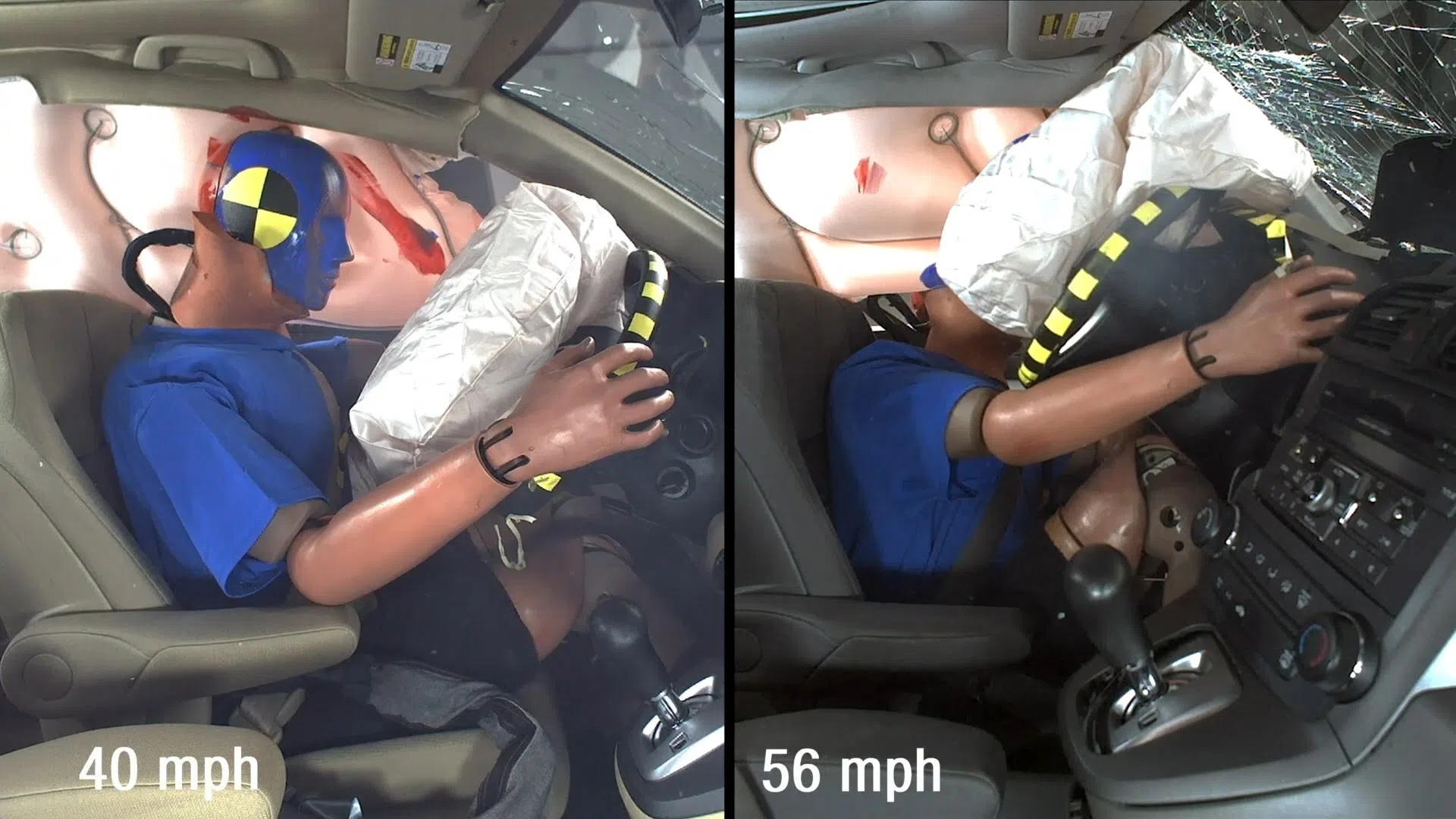DEARBORN, MI (WKZO AM/FM) — Drivers often travel faster than posted speed limits, but when officials raise speed limits to match travel speeds, people just go faster, according to a report from AAA Michigan.
Drivers want to save time, and local transportation agencies want to improve traffic flow, but at what cost? With posted speed limits increasing on roadways around the country, AAA says a vehicle’s ability to protect drivers in crashes is in doubt. The AAA Foundation for Traffic Safety, the Insurance Institute for Highway Safety (IIHS) and Humanetics conducted crashes at three different impact speeds (40, 50 and 56 mph). They found that even slightly higher speeds were enough to increase the driver’s risk of severe injury or death.
41 states, including Michigan, allow 70 mph or higher speeds on some roadways, and eight of those states have maximum speeds of 80 mph or more. A 2019 IIHS study found that rising speed limits have cost nearly 37,000 lives over 25 years. AAA and IIHS urge policymakers to factor in this danger from higher speeds when considering speed limit changes.
“We conducted these crash tests to assess the effect of speeds on drivers and learned that a small increase could make a big difference on the harm to a human body,” said Dr. David Yang, executive director of the AAA Foundation for Traffic Safety. “A speeding driver may arrive at their destination a few minutes faster, but is the trade off of getting severely injured or even losing one’s life worth it if a crash occurs?”
At the 40 mph impact speed, there was minimal intrusion into the driver’s space. But at the 50 mph impact speed, there was noticeable deformation of the driver side door opening, the dashboard and the foot area. At 56 mph, the vehicle interior was significantly compromised, with the dummy’s sensors registering severe neck injuries and a likelihood of fractures to the long bones in the lower leg.
“Our crash test dummies are instrumented with hundreds of sensors to measure the injury risk so that we understand the scientific limits of safety and injury prevention. Understanding that the risk of serious and permanent injury becomes significantly higher in crashes beyond statutory speed limits clearly demonstrates why there are limits in the first place,” commented Jack Jensen, vice president of engineering at Humanetics.
At both 50 and 56 mph, the steering wheel’s upward movement caused the dummy’s head to go through the deployed airbag. This caused the face to smash into the steering wheel. Measurements taken from the dummy showed a high risk of facial fractures and severe brain injury.
When correctly set and enforced, IIHS says speed limits improve traffic flow and maximize all public road users’ safety. They say speed limits should not be raised or lowered only to manipulate traffic volume on a particular roadway. They urge states to use engineering and traffic surveys when setting maximum speed limits.
This study was the second part of the AAA Foundation for Traffic Safety research examining the effect of posted speed limit changes on safety. In the Foundation’s first study, traffic engineers were asked how posted speed limits are set and what factors they consider in changing them.





